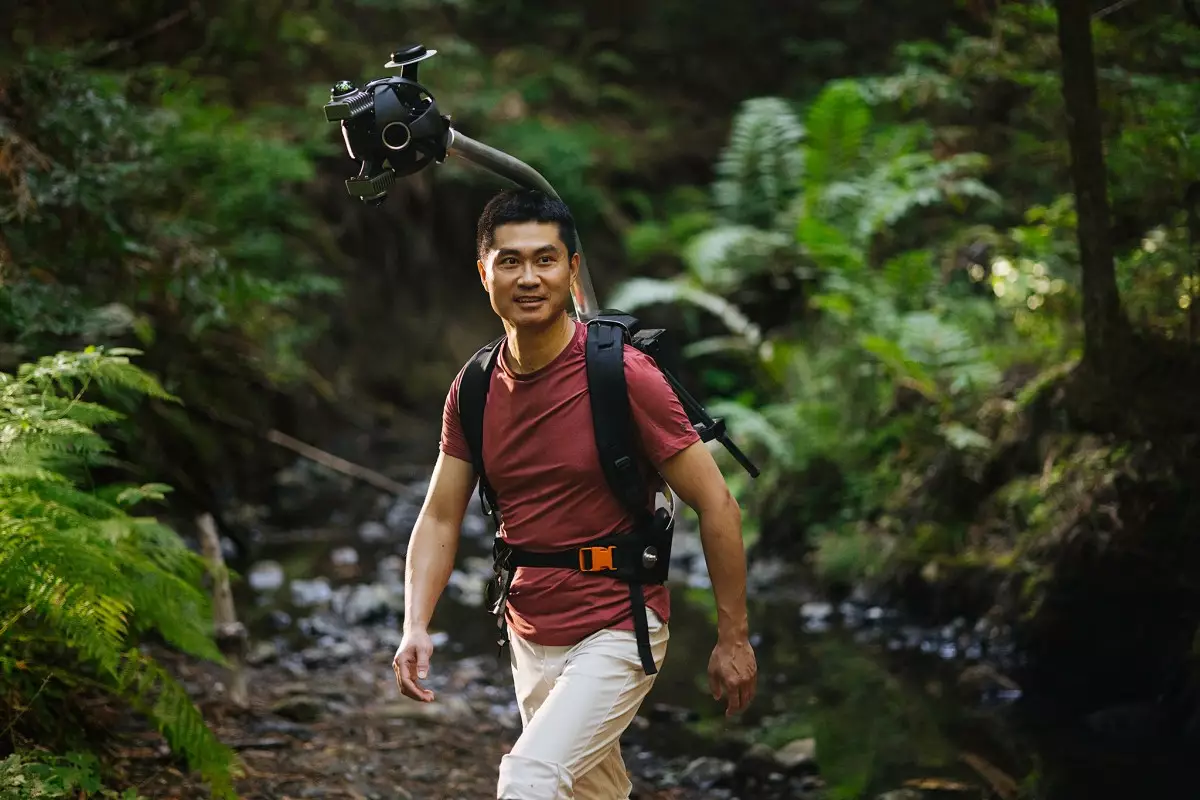In a rapidly evolving landscape of technological advancement, a startup called Odyssey is pioneering a promising new tool called Explorer, designed to convert textual descriptions or images into detailed 3D renderings. Founded by the visionaries Oliver Cameron and Jeff Hawke, who are known for their experience in the self-driving industry, Odyssey aims to bring a fresh perspective to the realms of digital art and interactive media. This innovative tool mirrors some capabilities found in recent experiments by major players like DeepMind and various start-ups, but Odyssey aims to make its mark through a specialized focus on creating photorealistic scenes, setting itself apart in the crowded field of generative AI technologies.
At the heart of Explorer’s capability to generate real-time interactive environments lies its unique training methodology. Odyssey has equipped Explorer with an artificial intelligence system that has been honed using images captured by a bespoke, 360-degree, backpack-mounted camera system. By immersing Explorer in real-world landscapes, the AI acquires a deeper understanding of environmental textures, lighting, and spatial relationships. For instance, when provided with a descriptive prompt like “A Japanese garden, with rich, green foliage,” Explorer can create a virtual scene that not only looks strikingly lifelike but also allows users to navigate through it in real time. This creative potential is particularly attractive for industries focused on aesthetic detail and immersive experiences, such as gaming, filmmaking, and virtual reality.
Odyssey recognizes the importance of workflow flexibility for creators. To facilitate this, Explorer’s output is designed to be compatible with widely-used creative software like Unreal Engine, Blender, and Adobe After Effects. By implementing gaussian splats — a long-established volume rendering technique that supports the reconstruction of intricate visuals — Explorer enables artists to hand-edit generated scenes, ensuring that the final product aligns closely with their creative vision. As the founders express in their communications, Explorer is meant not to replace human creativity but to augment it, providing an innovative toolkit for artists to explore new avenues of visual storytelling.
Challenges and Limitations
Despite the impressive capabilities of Explorer, it does come with several limitations. The initial render time for scenes is an average of ten minutes, which may hinder a high-velocity production environment; moreover, the quality of these initial outputs is still developing, with issues like lower resolution and visual artifacts present in many generated scenes. This acknowledgment of limitations reflects an ongoing commitment by Odyssey to improve the tool and cater to the evolving needs of content creators. As the company collaborates with industry professionals, such as U.K.-based Garden Studios and various independent artists, there is a concerted effort to refine Explorer and enhance its usability.
The Future of Creative Work in the Age of AI
The rise of AI tools like Explorer prompts significant considerations within the creative industries, particularly for video game and film sectors adversely affected by recent advances in automation. According to a recent study by the Animation Guild, the integration of AI could disrupt approximately 100,000 jobs by 2026 within film, television, and animation. While concerns about job displacement loom large, Odyssey seeks to alleviate these worries by underlining its commitment to collaboration over replacement. Their recent enlistment of Ed Catmull — co-founder of Pixar and a former president of Disney Animation Studios— marks a strategic move to reinforce their dedication to nurturing the creative community.
Odyssey envisions a future where generative world models redefine artistic boundaries and create opportunities for synergy between human creators and AI technologies. In a statement, the company highlighted their aspiration to cultivate environments that are not only realistic but can also adapt and evolve through user interaction, leading to endless possibilities for storytelling and entertainment. As the capabilities of AI tools like Explorer expand, they hold the potential to revolutionize traditional creative processes, providing artists not merely with support but also with groundbreaking ways to express their visions, thus ushering in an innovative era of art and technology convergence.

